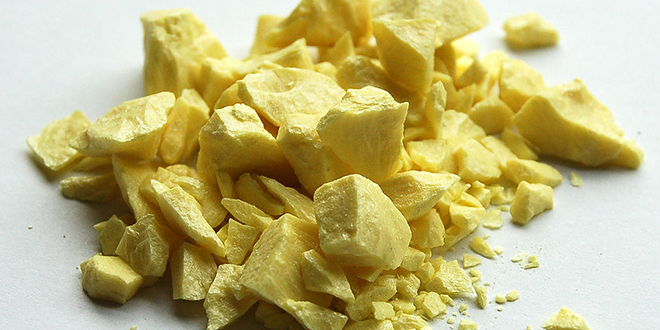Lithium-sulfur batteries are one of the hottest topics in the battery field today, as they could theoretically offer energy density up to four times higher than that of lithium-ion batteries. However, one of several challenges to be overcome is finding cathode materials that demonstrate long-term stability.
An international team of researchers from Drexel University and Aix-Marseille University in France have developed a two-dimensional carbon/sulfur nanolaminate that could be a viable candidate for use as a lithium-sulfur cathode.
In a paper published in the German journal Angewandte Chemie, Drexel’s Yury Gogotsi and his colleagues explain how they extracted the nanolaminate from a three-dimensional material called a Ti2SC MAX phase.


The MAX phase is a layered ceramic that was discovered two decades ago at Drexel, and has been used as the basis for much of the university’s battery research.
The team found that carbon/sulfur nanolaminates have covalent bonding between carbon and sulfur and an extremely uniform distribution of sulfur between the atomically thin carbon layers. This structure may be the key to increasing the life span of Li-S batteries.
“We have enough evidence to show that the electrochemical etching can be a powerful method to selectively extract the ‘M’ elements from the MAX phases, to produce a variety of ‘AX’ layered structures, that cannot be made otherwise,” said lead author Meng-Qiang Zhao.
More than 70 MAX phases are known to exist. Gogotsi is confident that these new “AX” structures will find applications in next-generation storage devices.
“It is not difficult to foresee that the ‘AX’ structures represent a new family of nanostructured materials, much of which will probably be 2D,” Gogotsi said. “The various ‘A’ and ‘X’ combinations already known make the ‘AX’ structures highly attractive for a number of potential applications, such as electrical energy storage and catalysis.”
Source: Newswise


















































